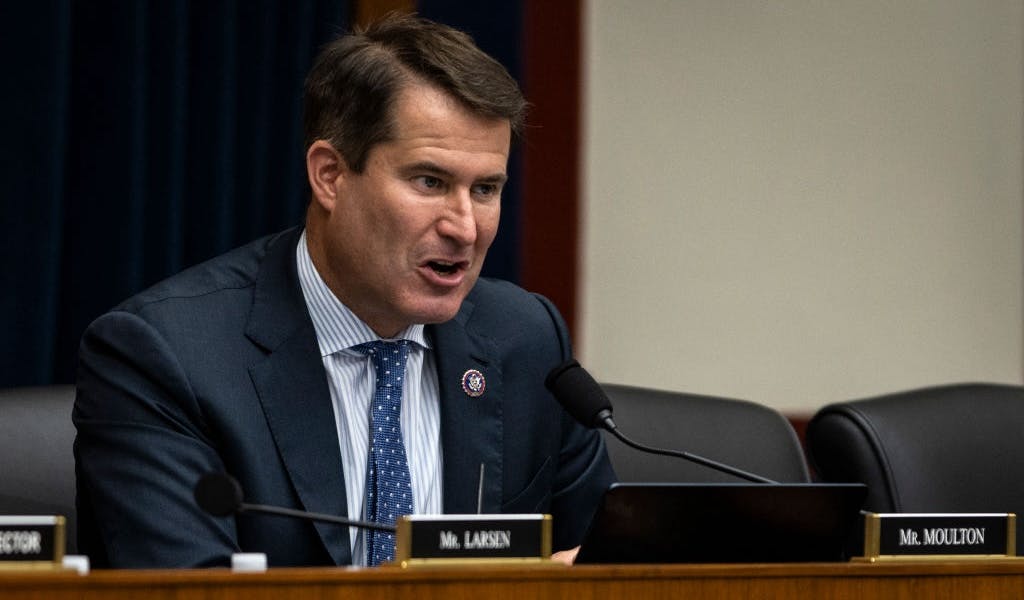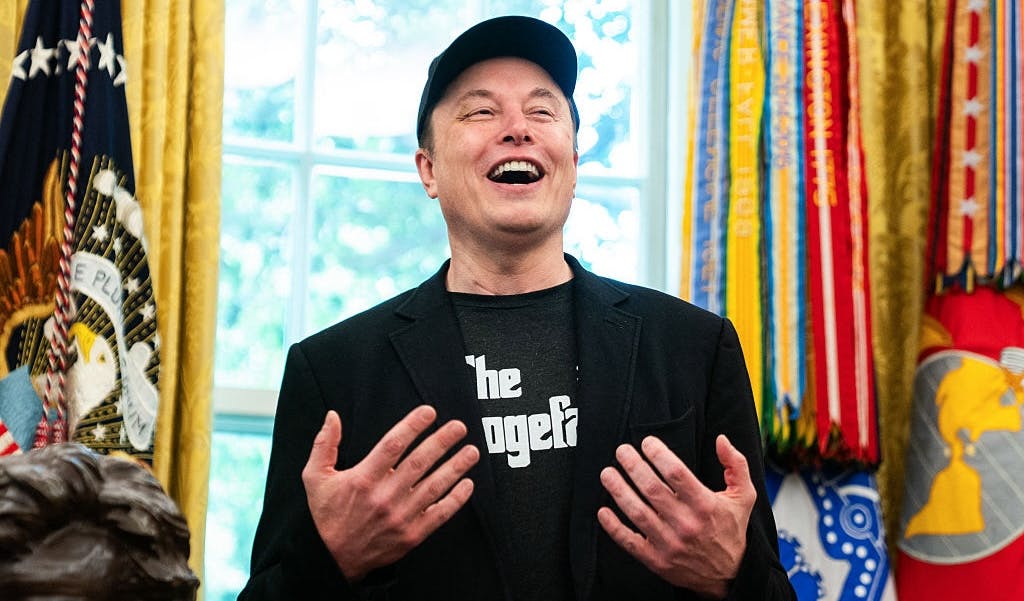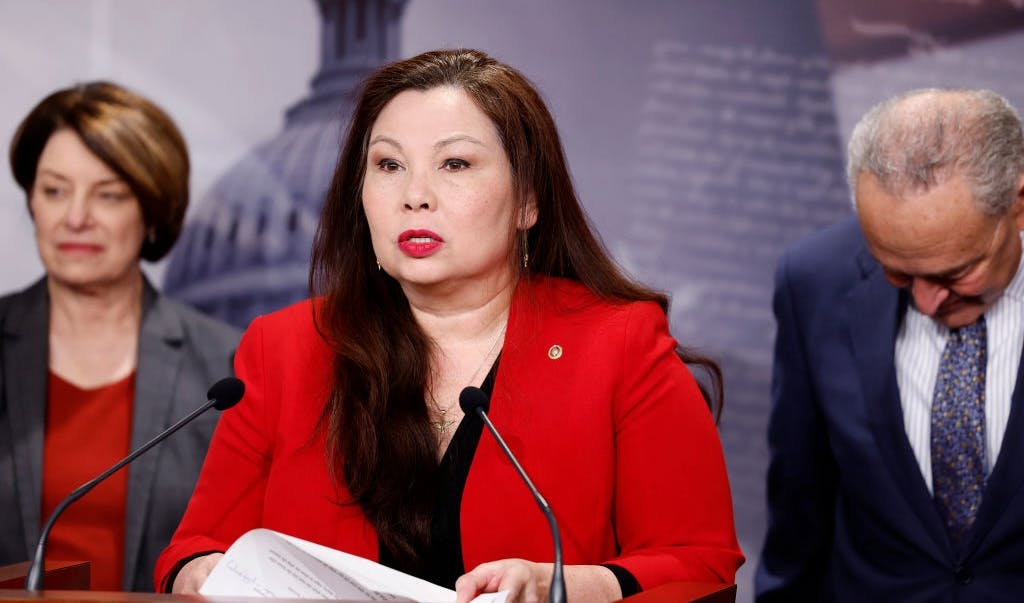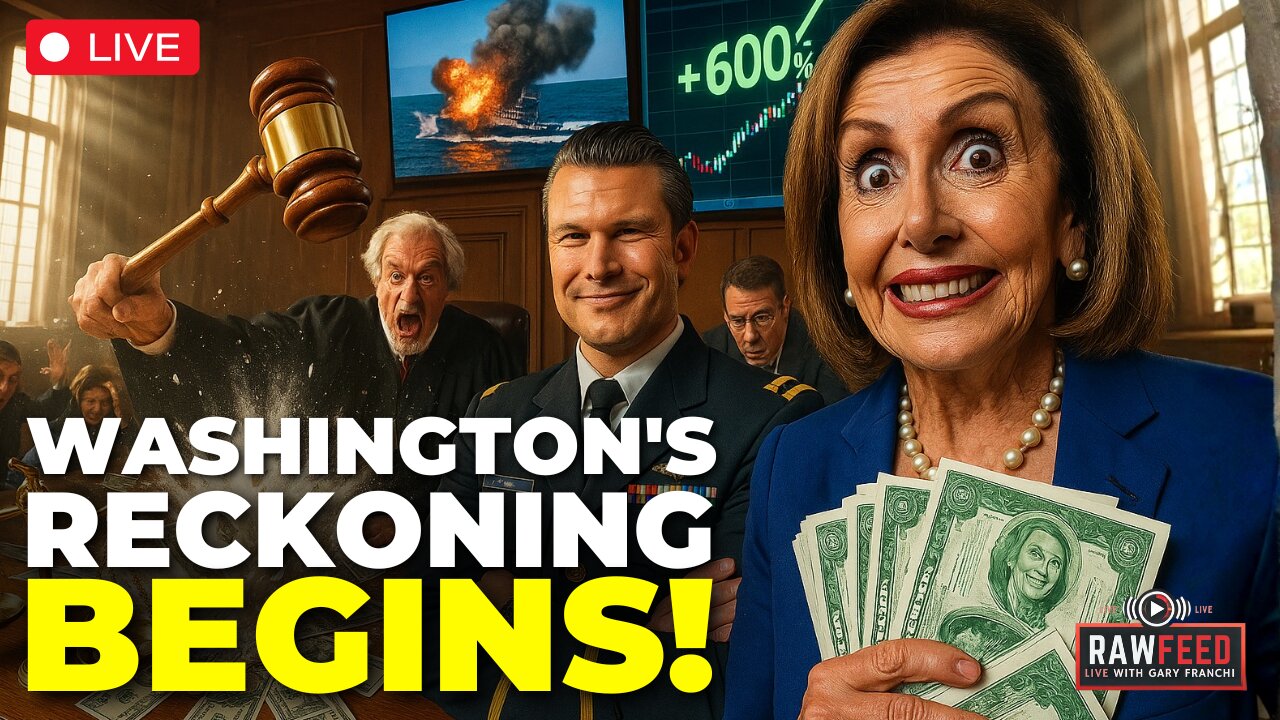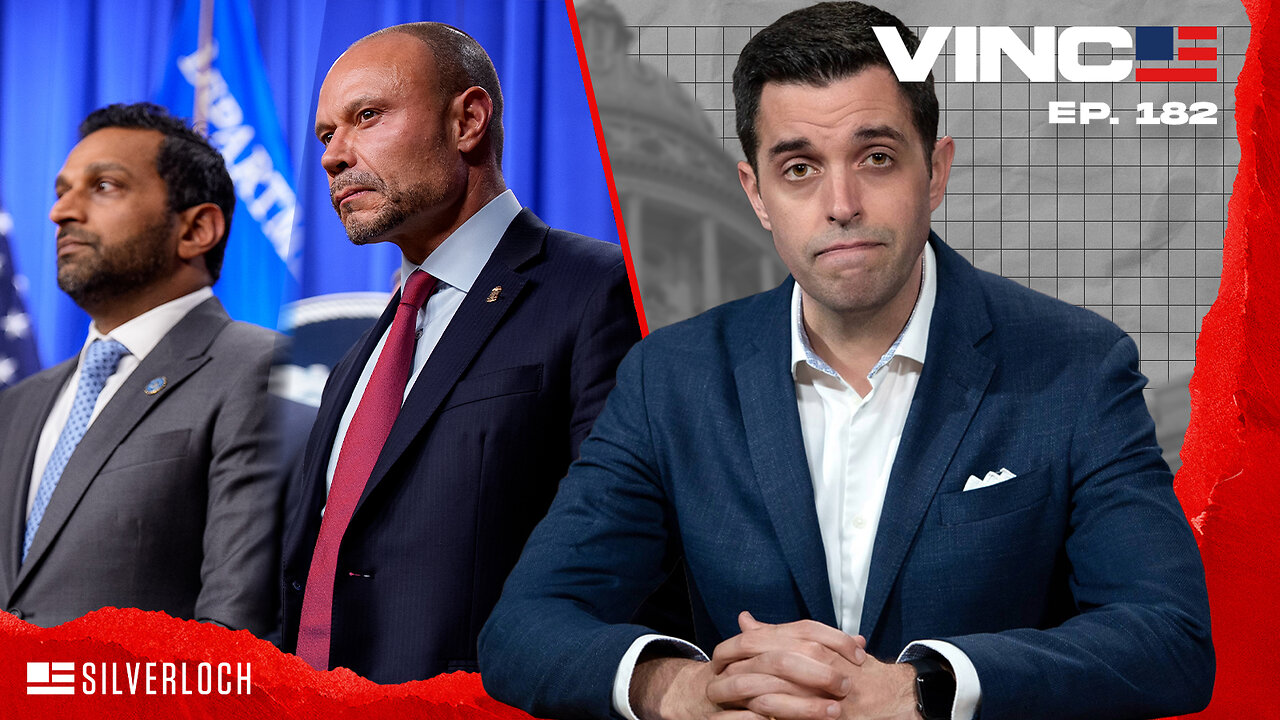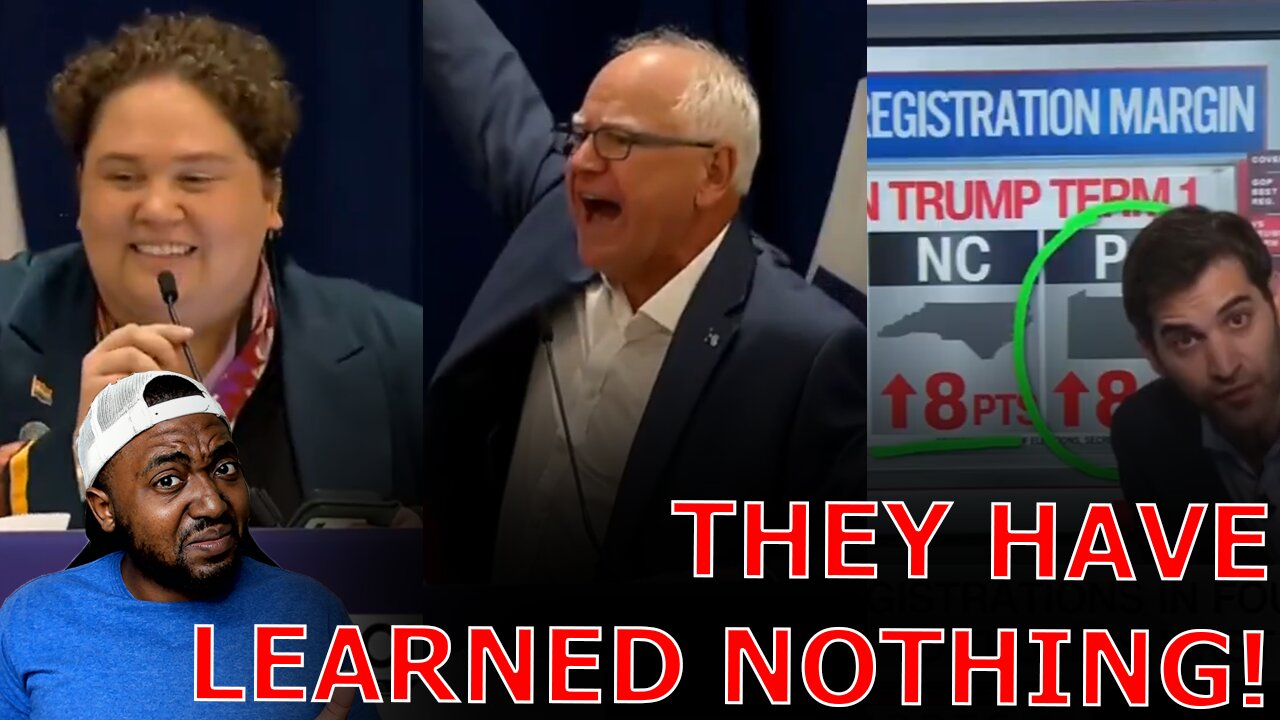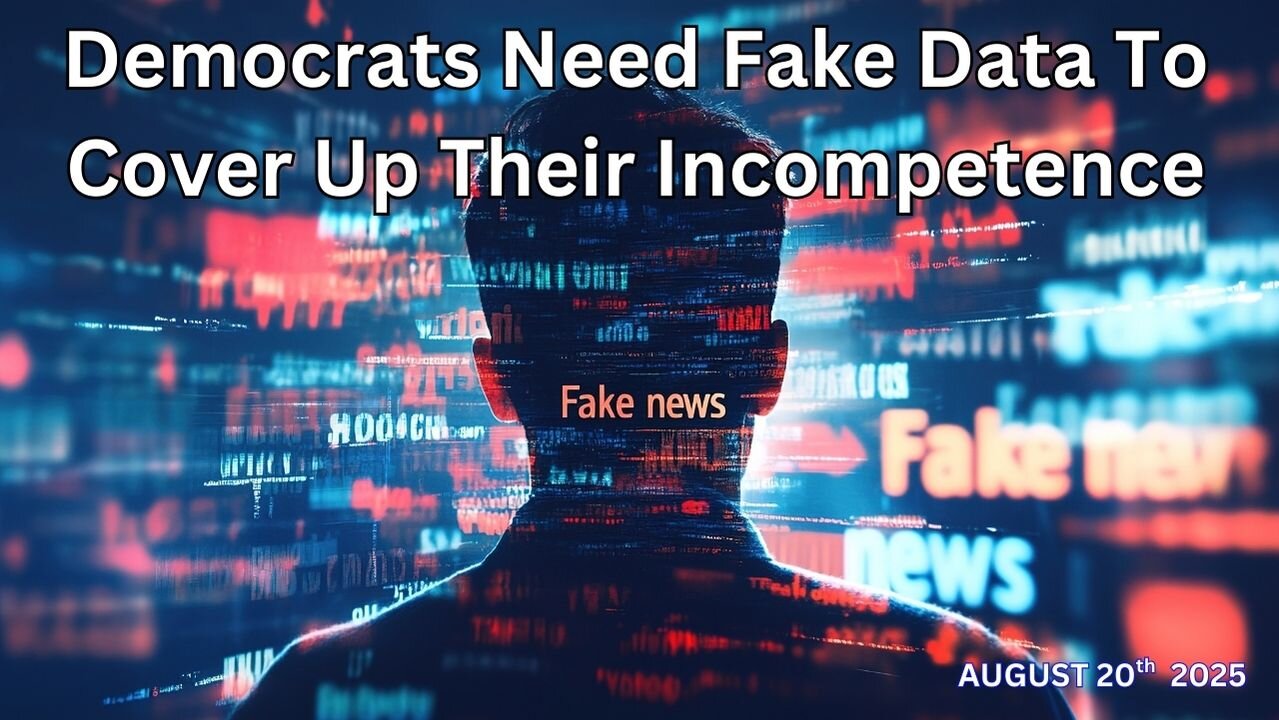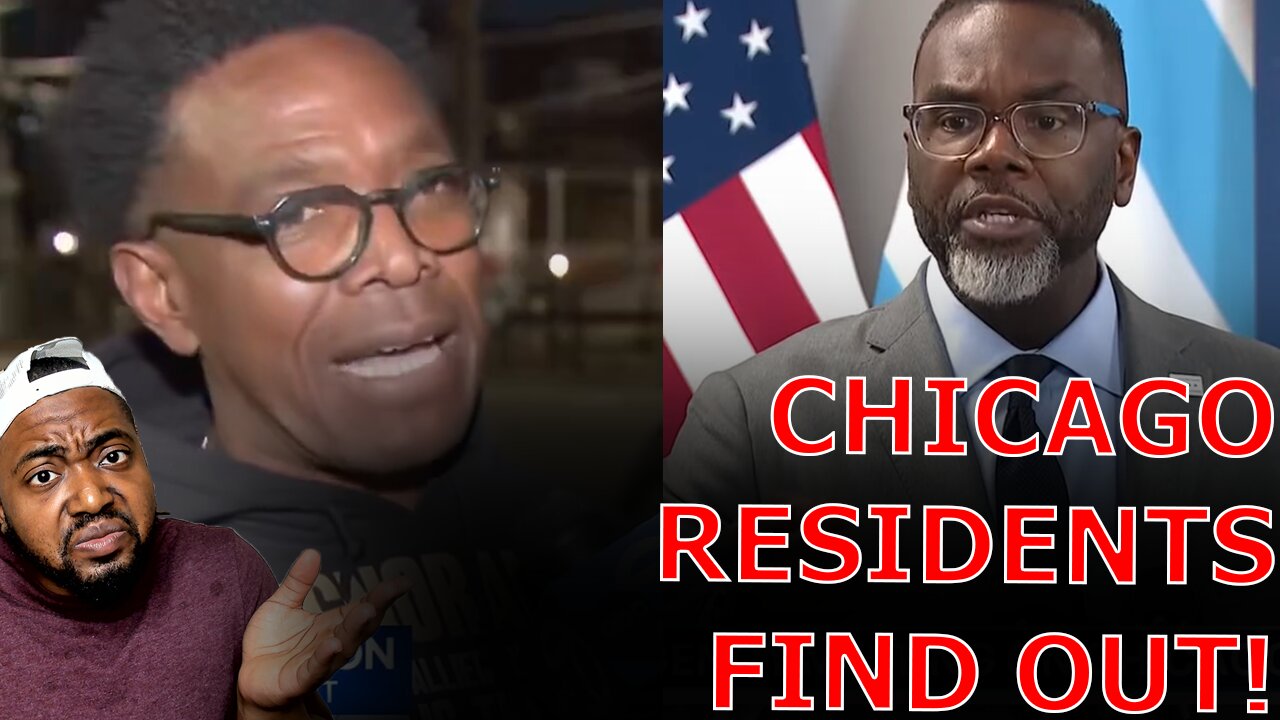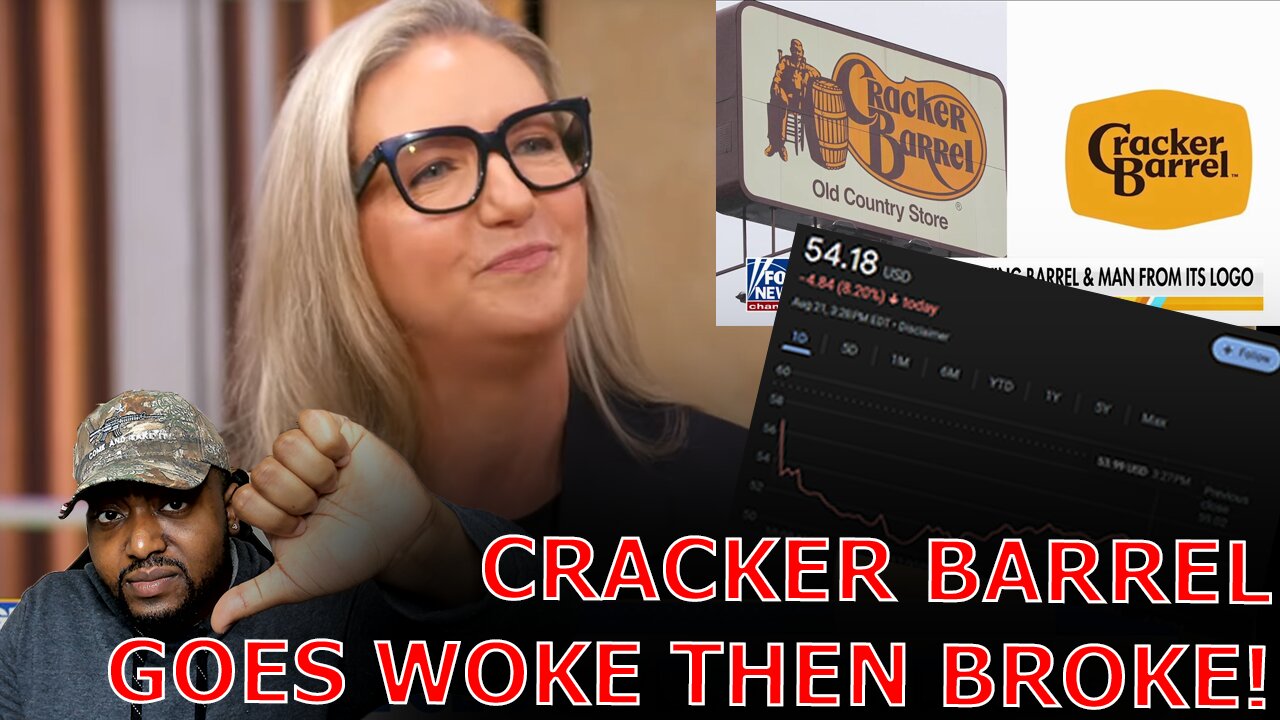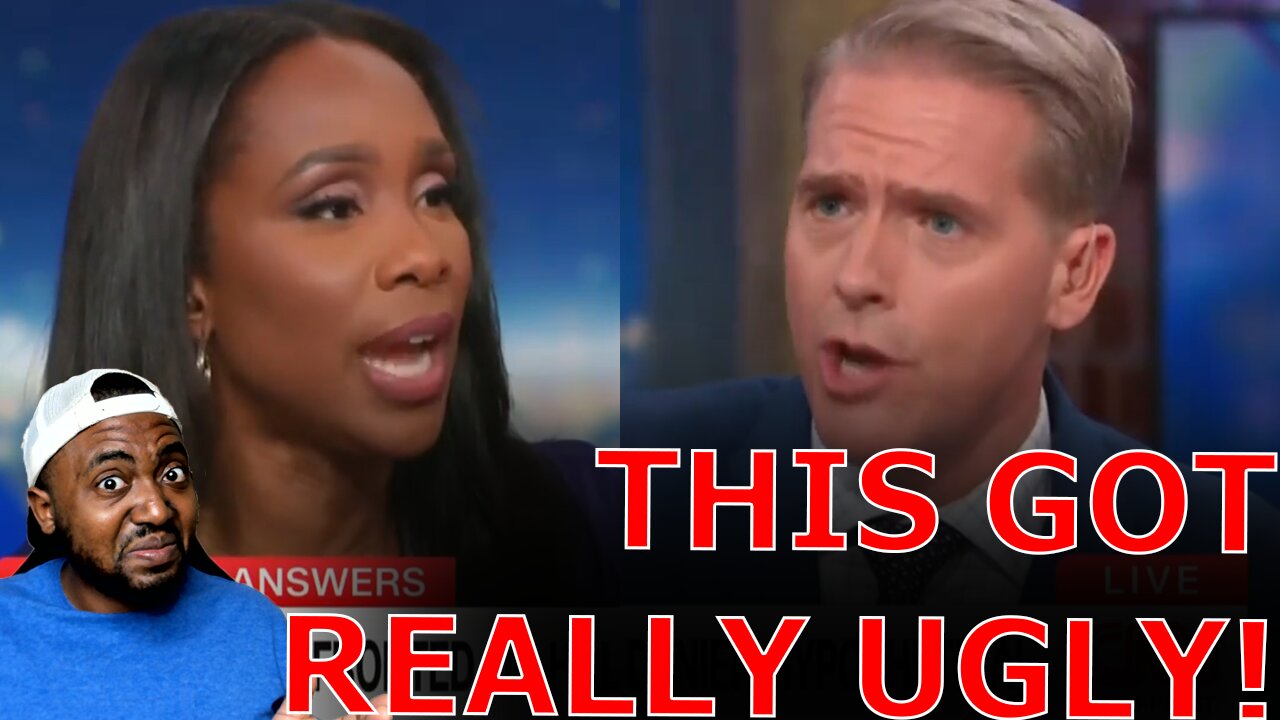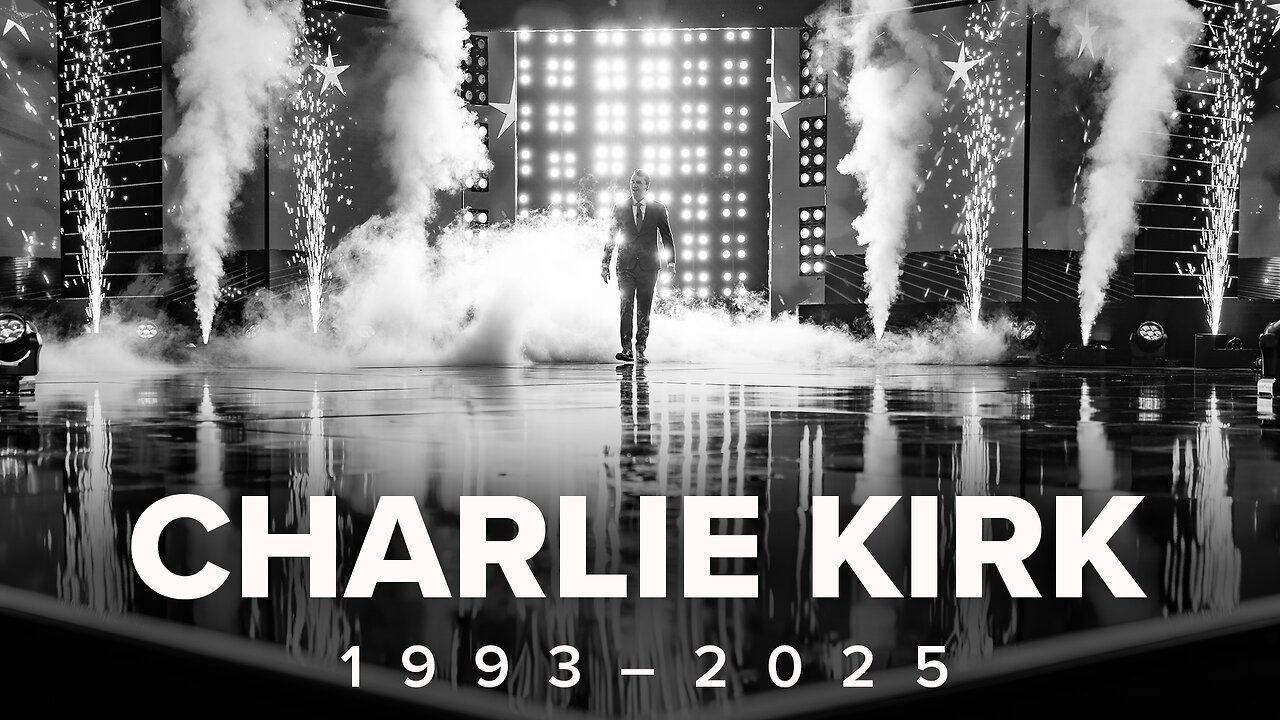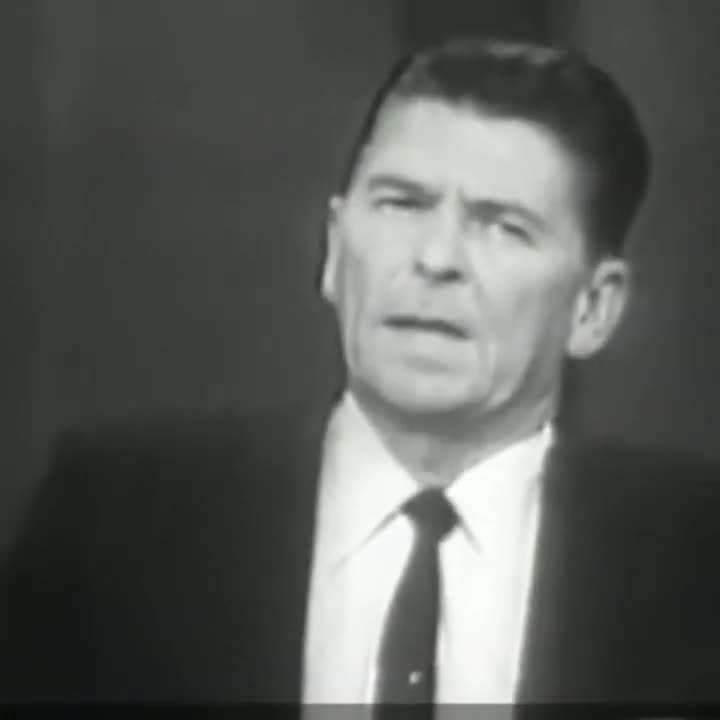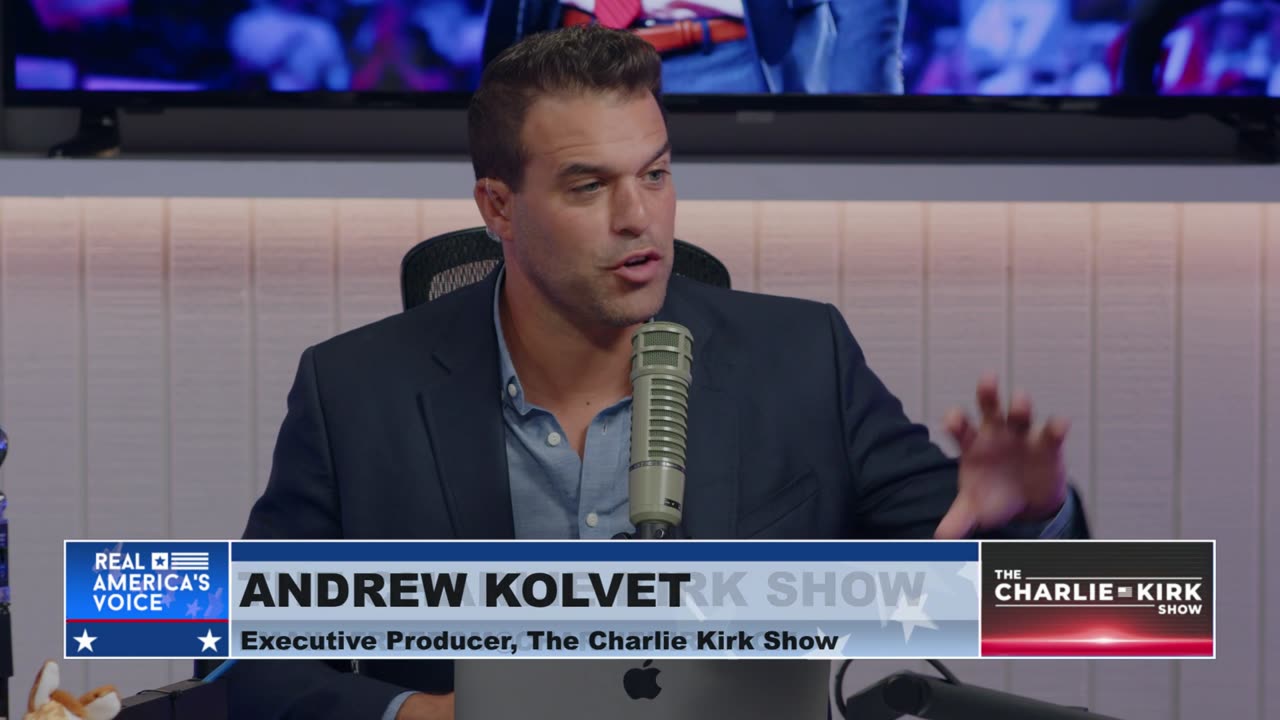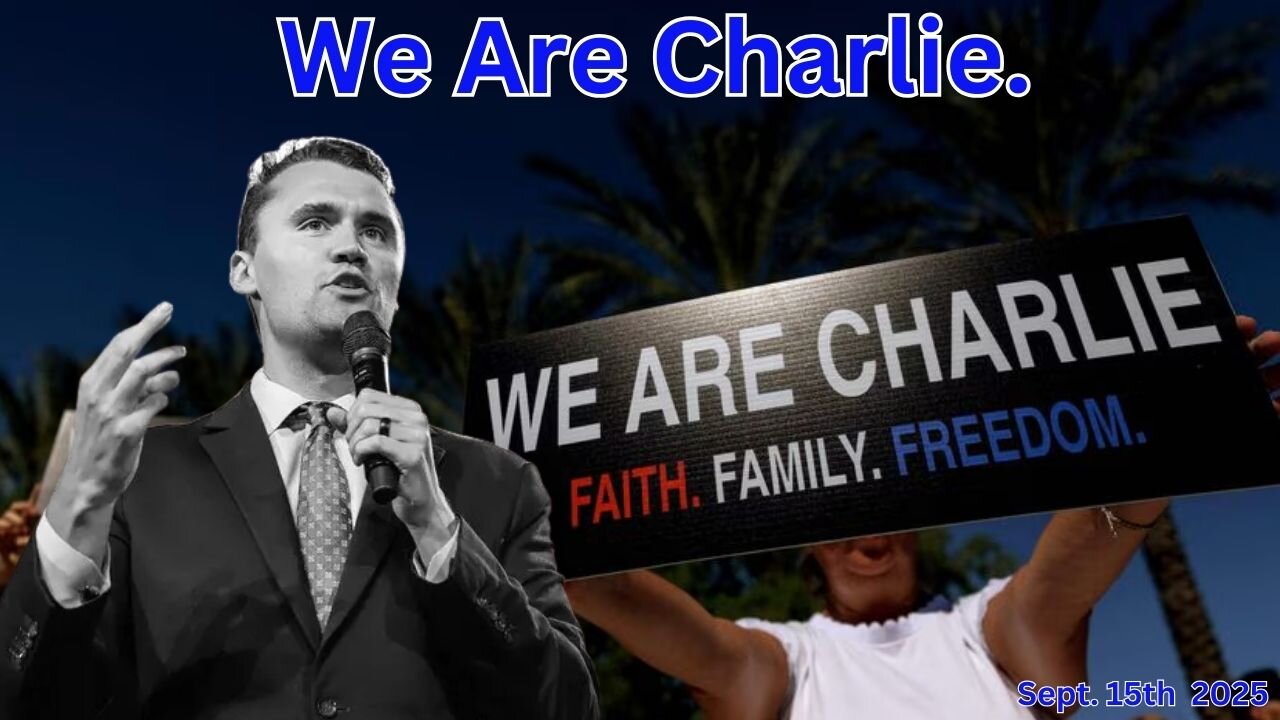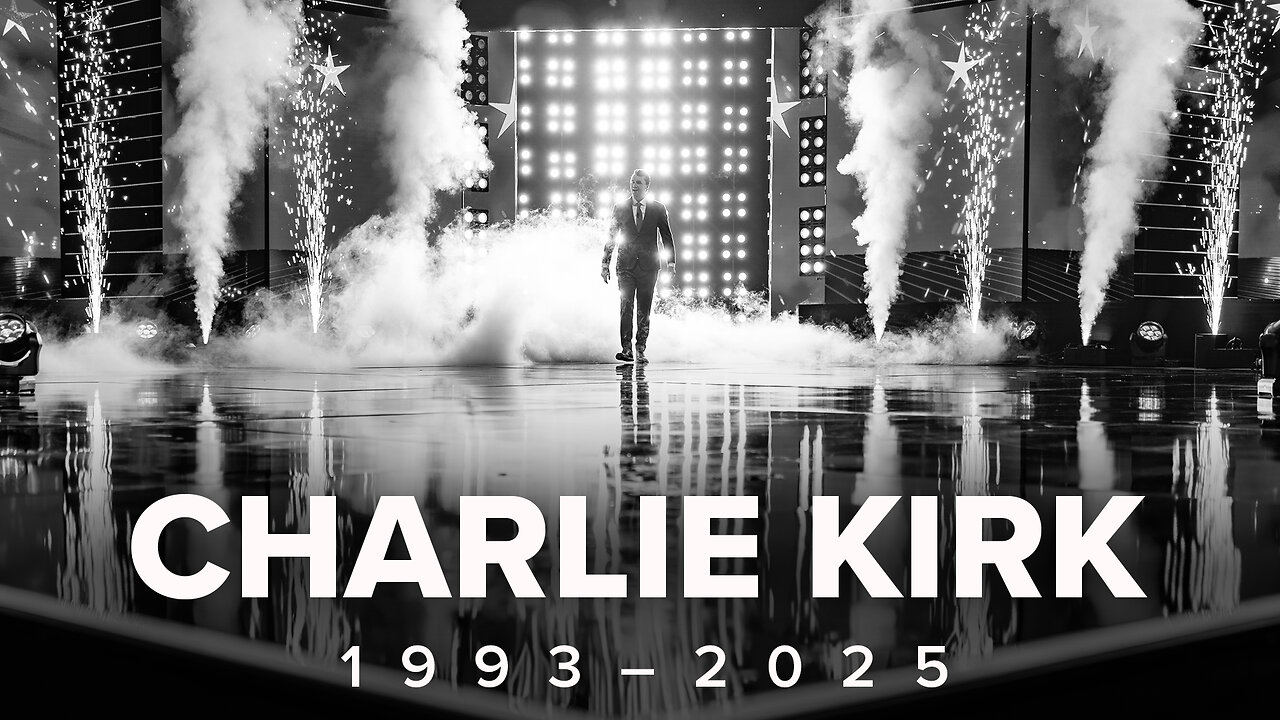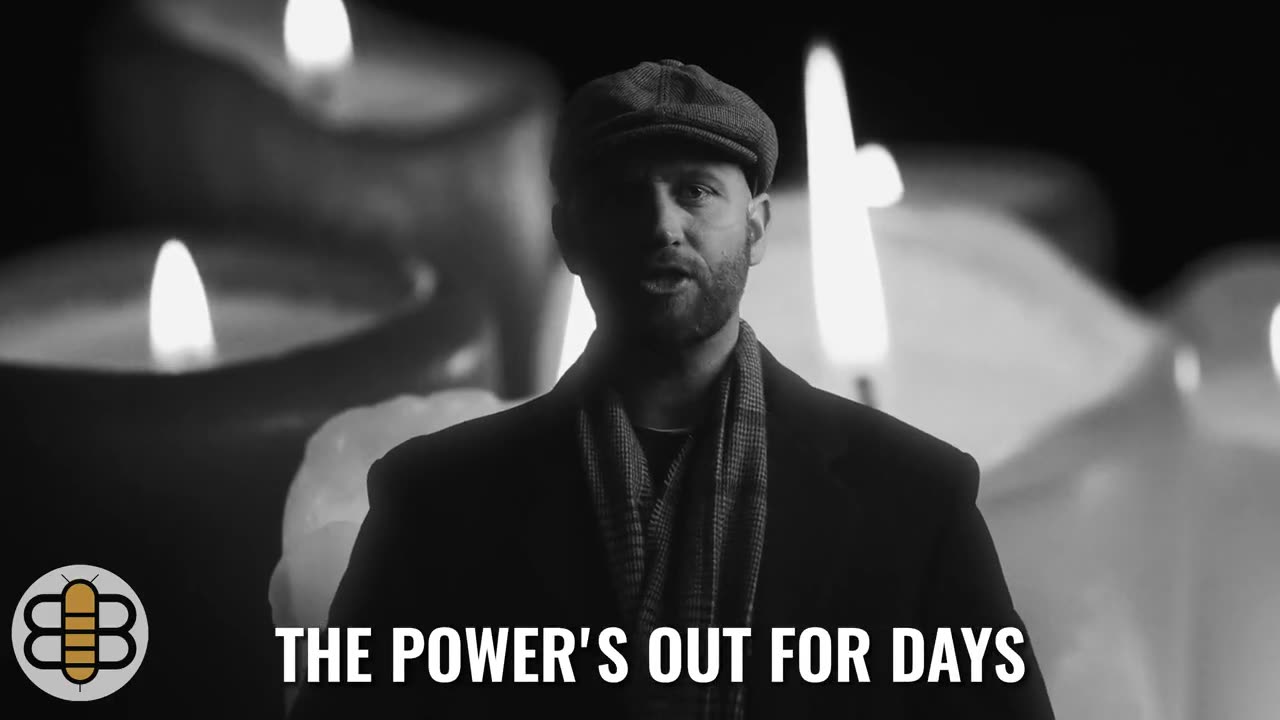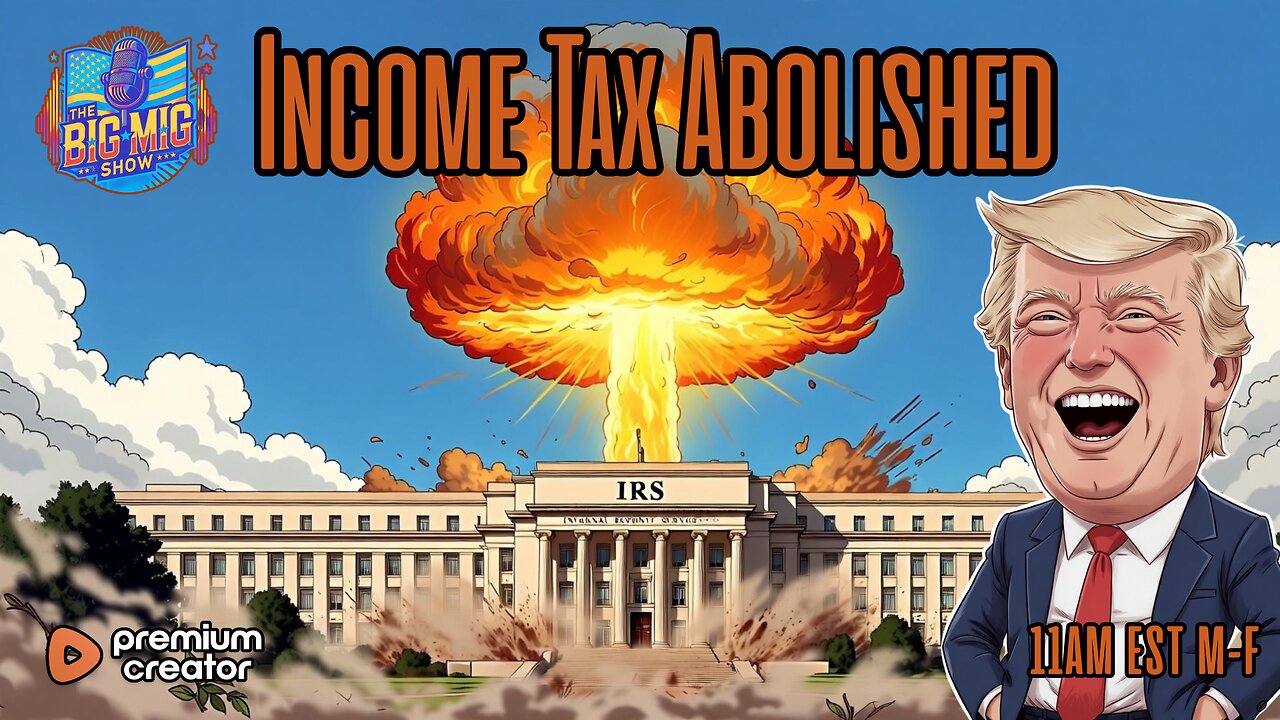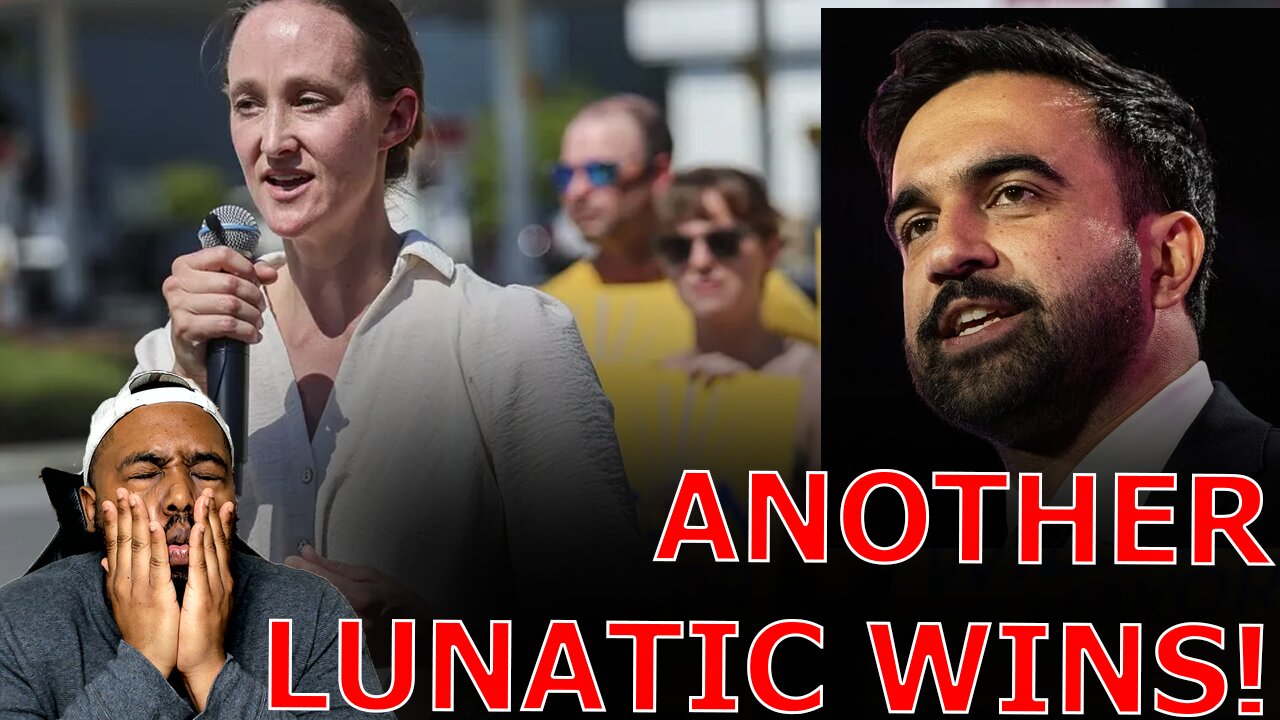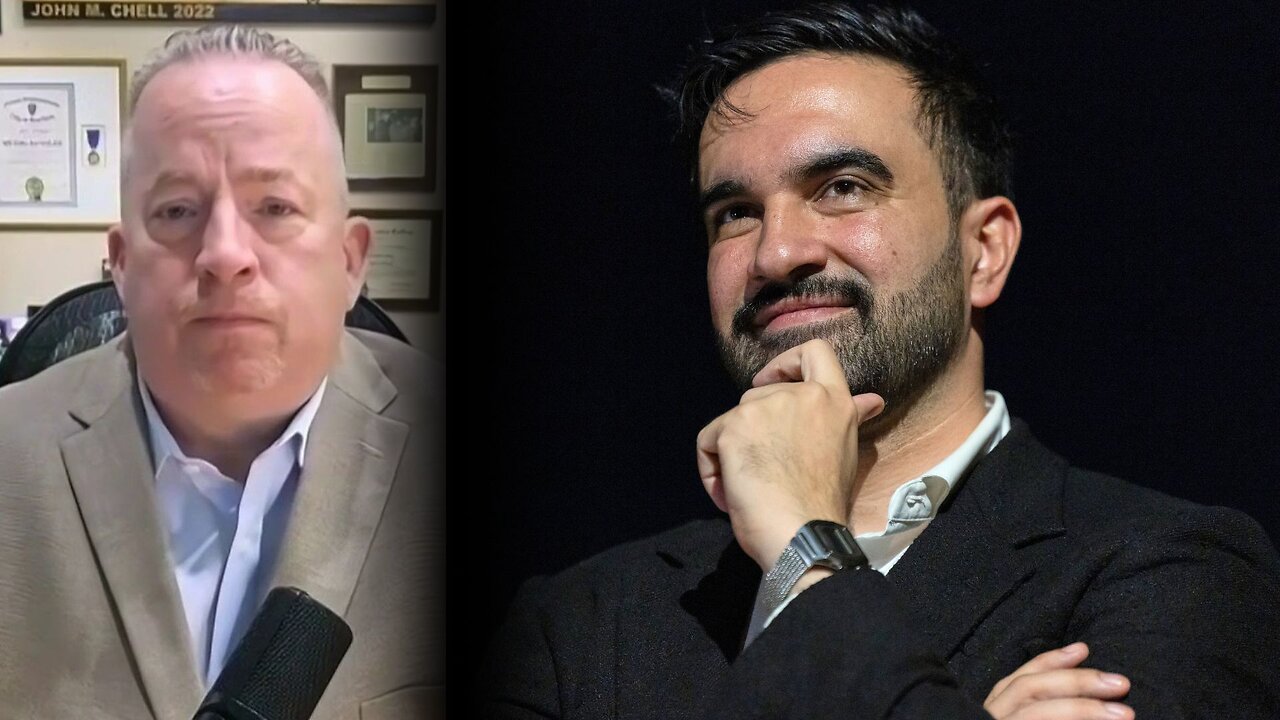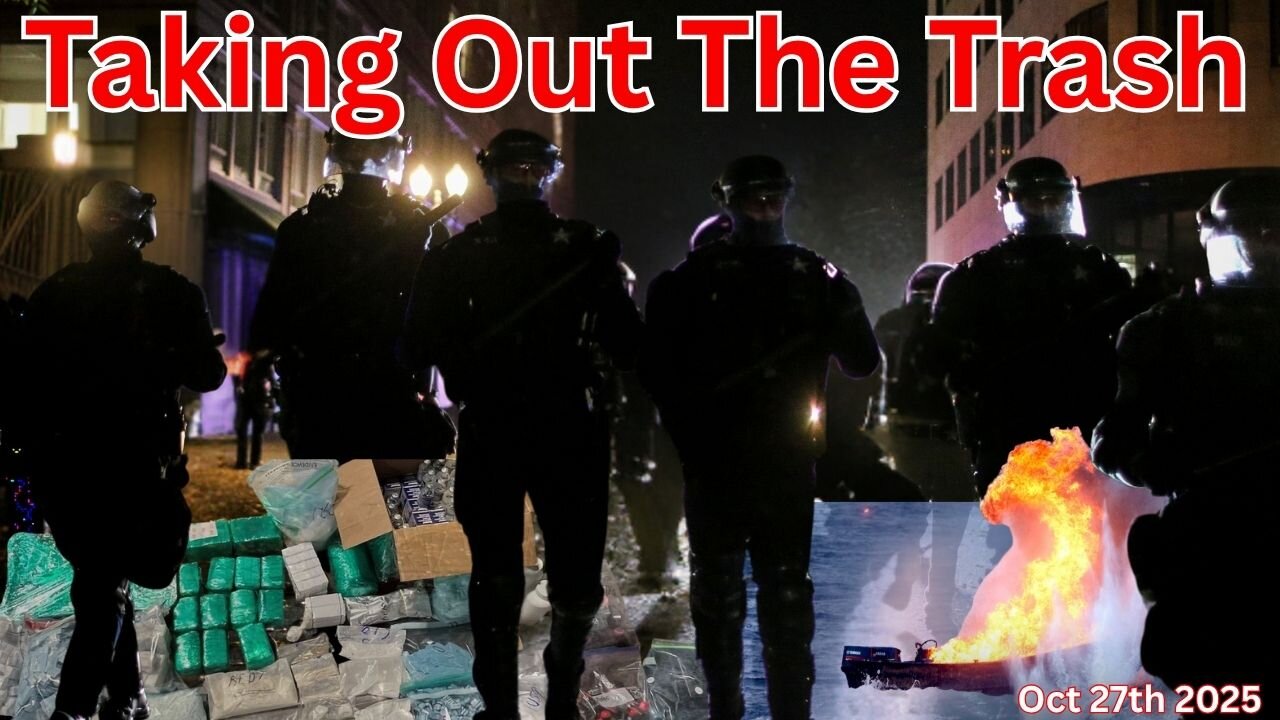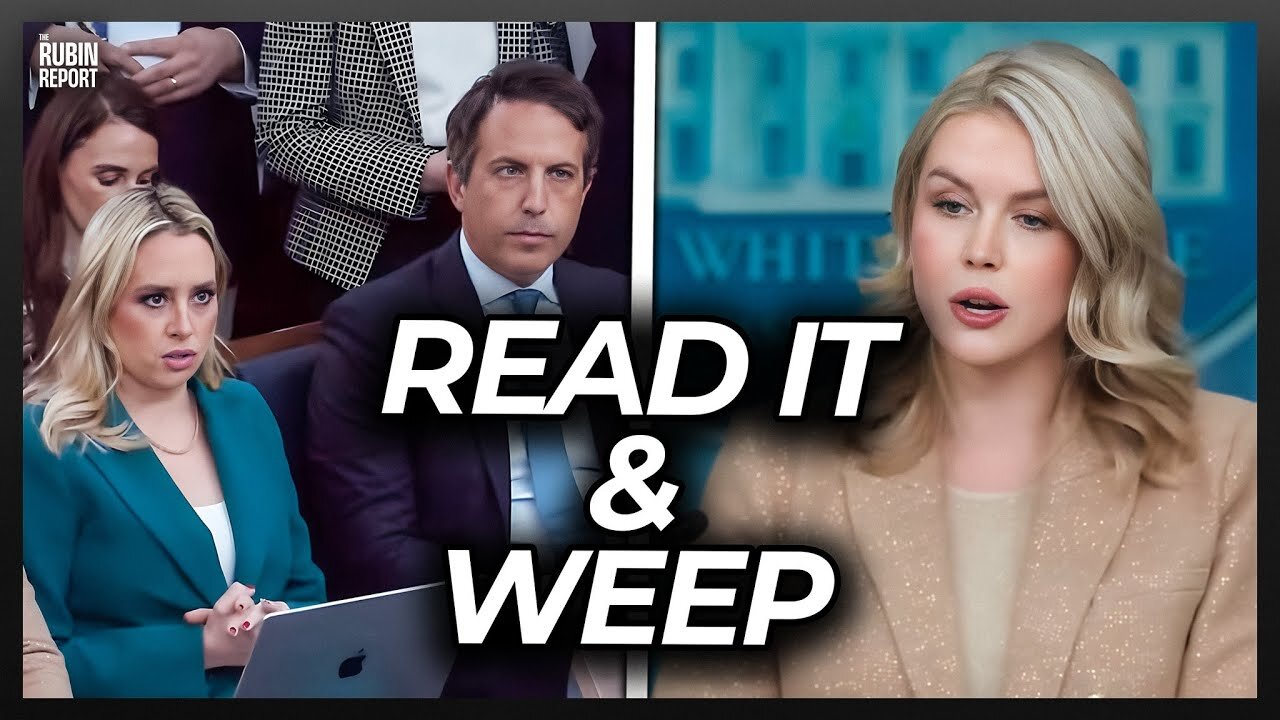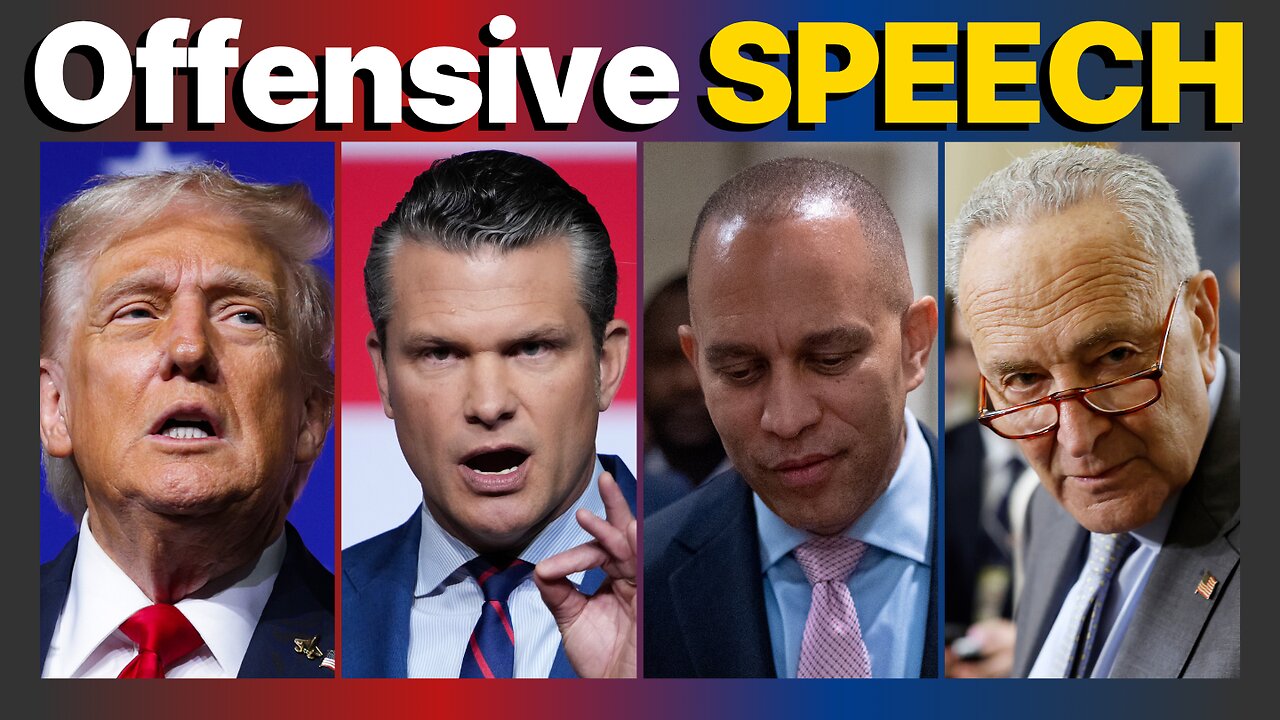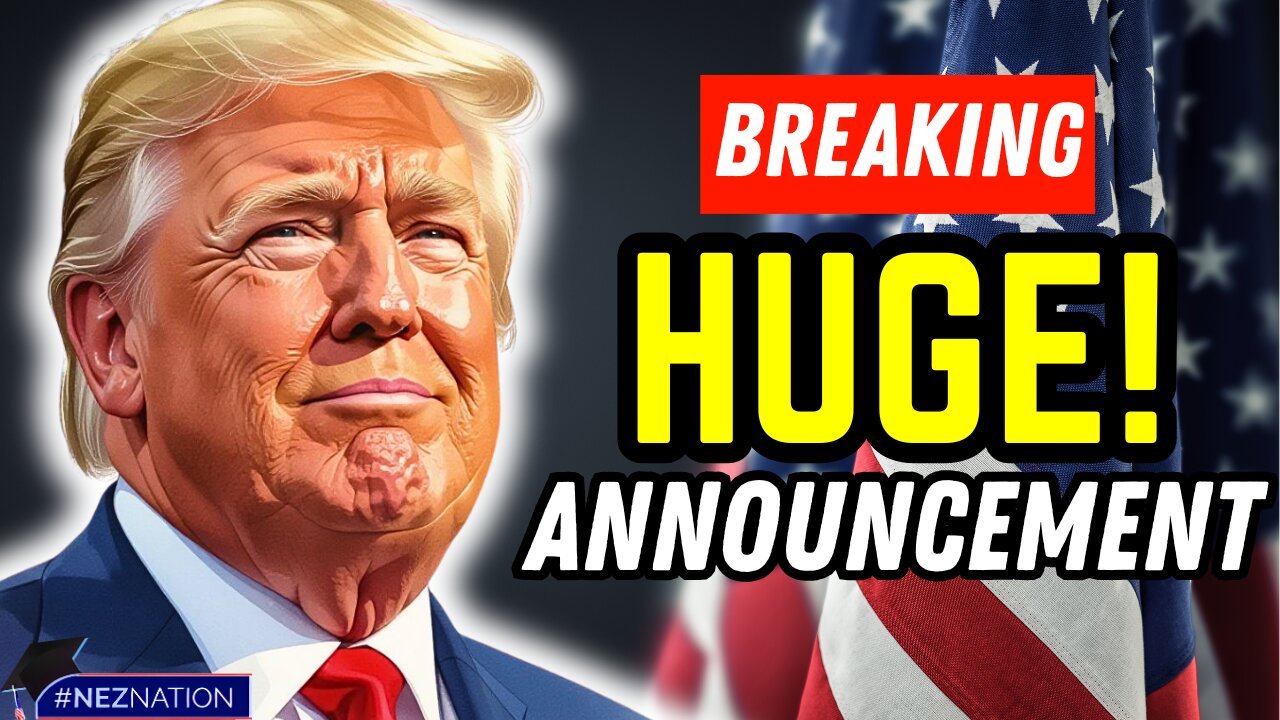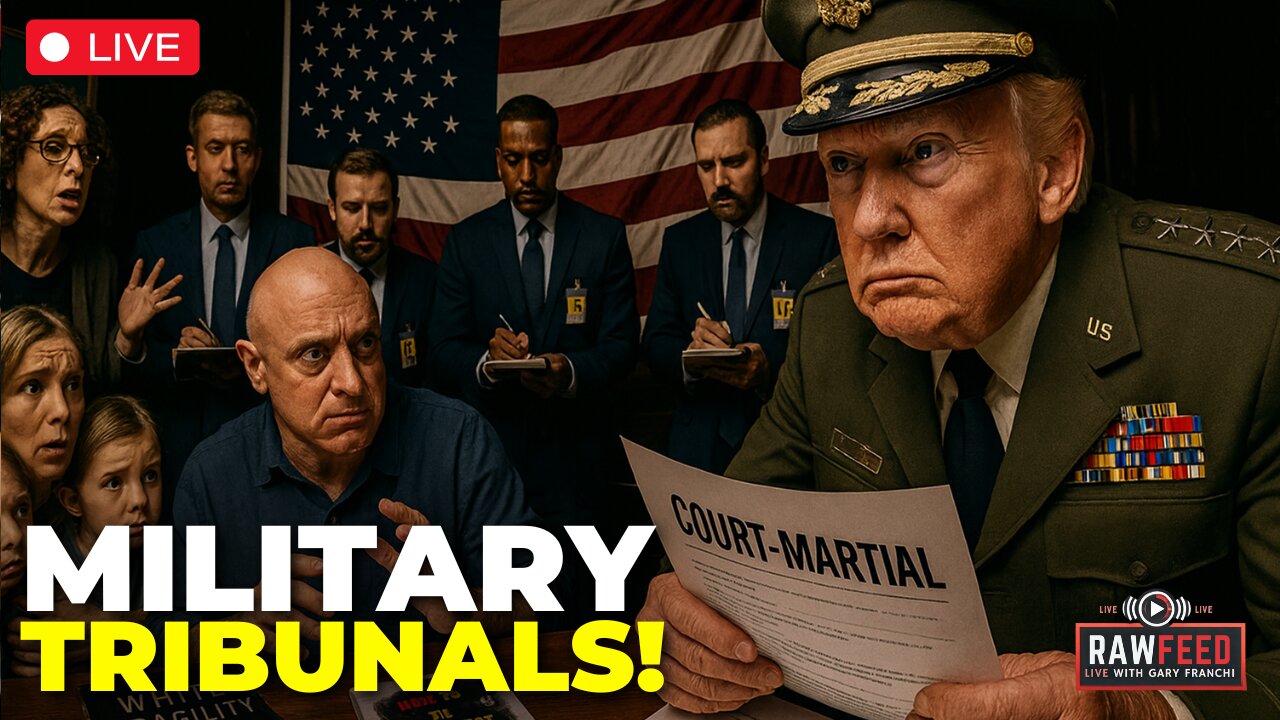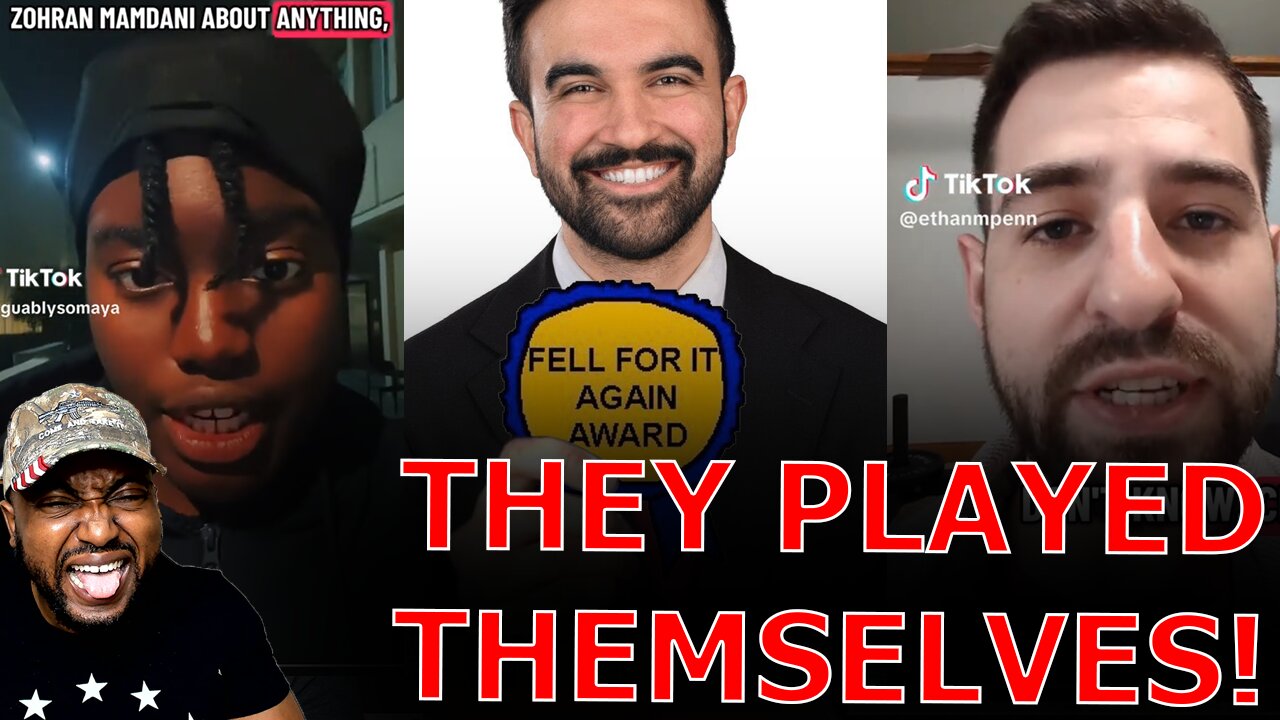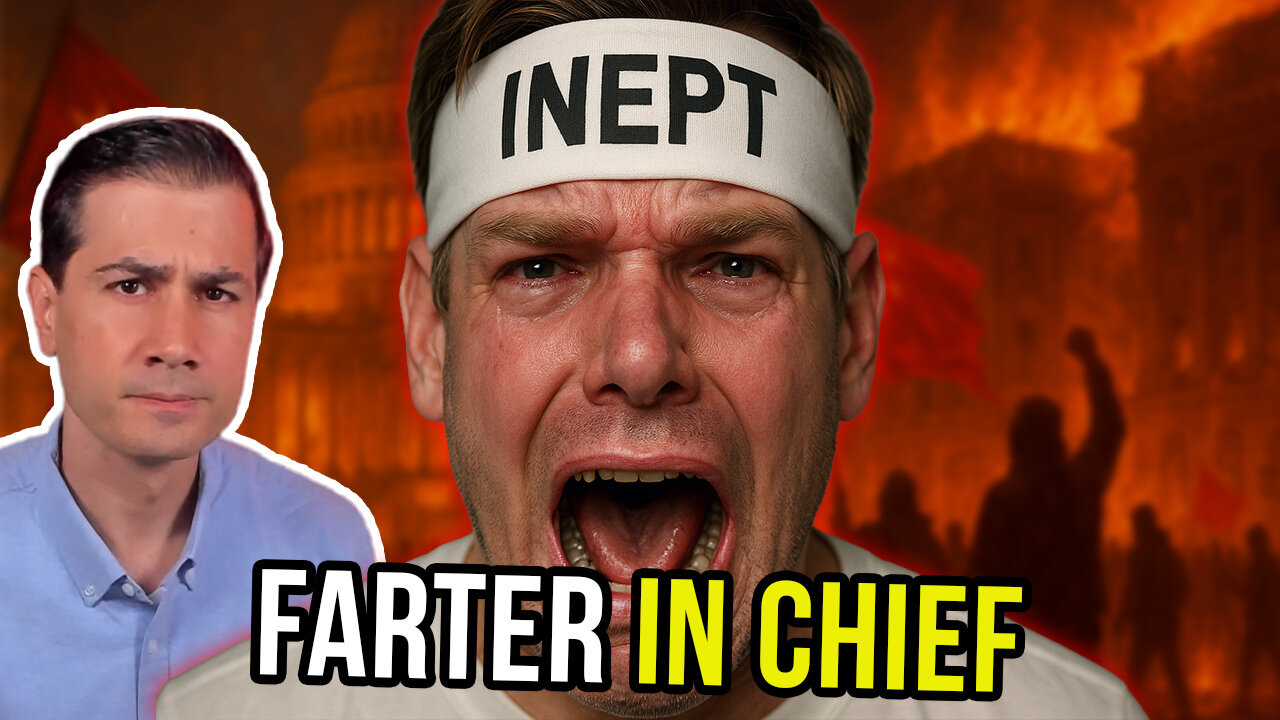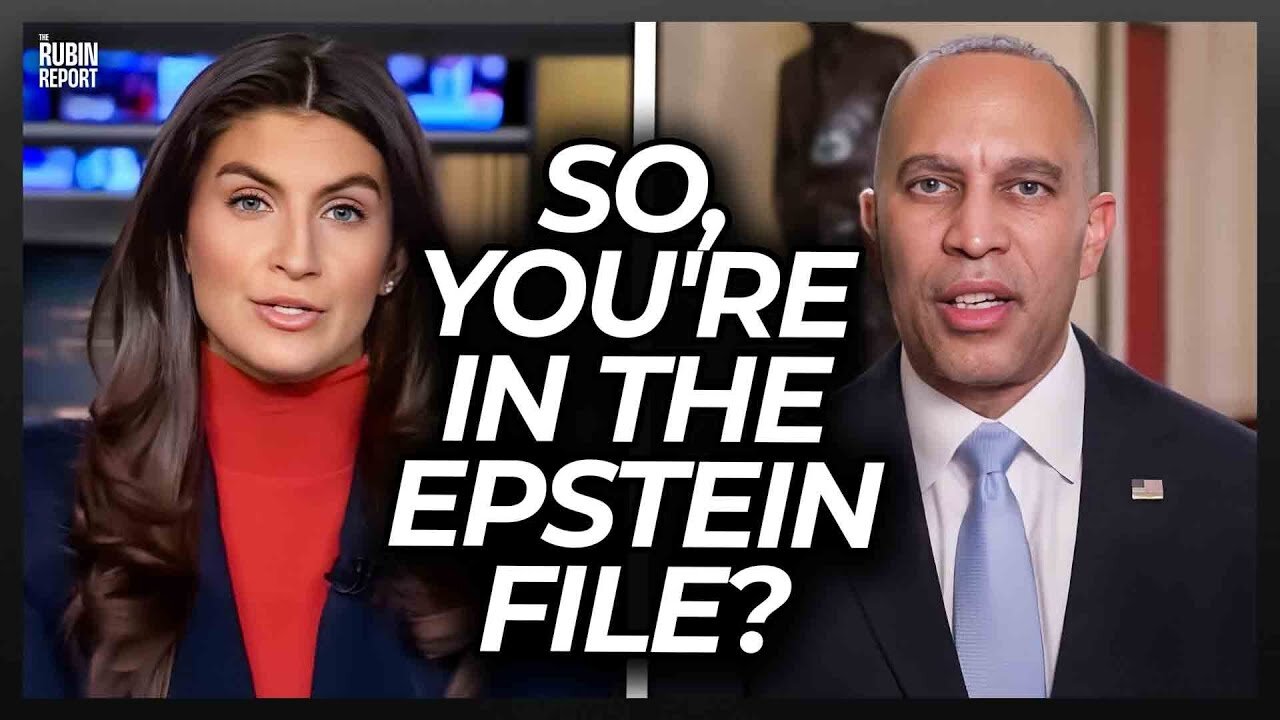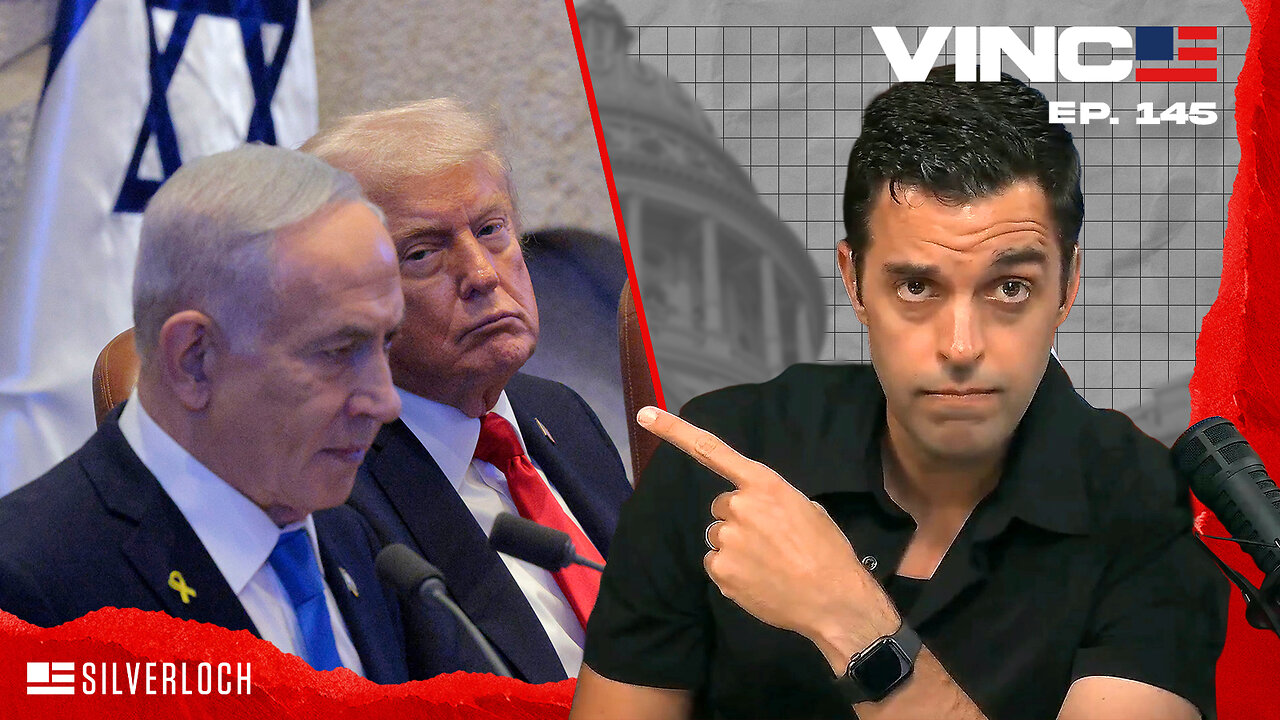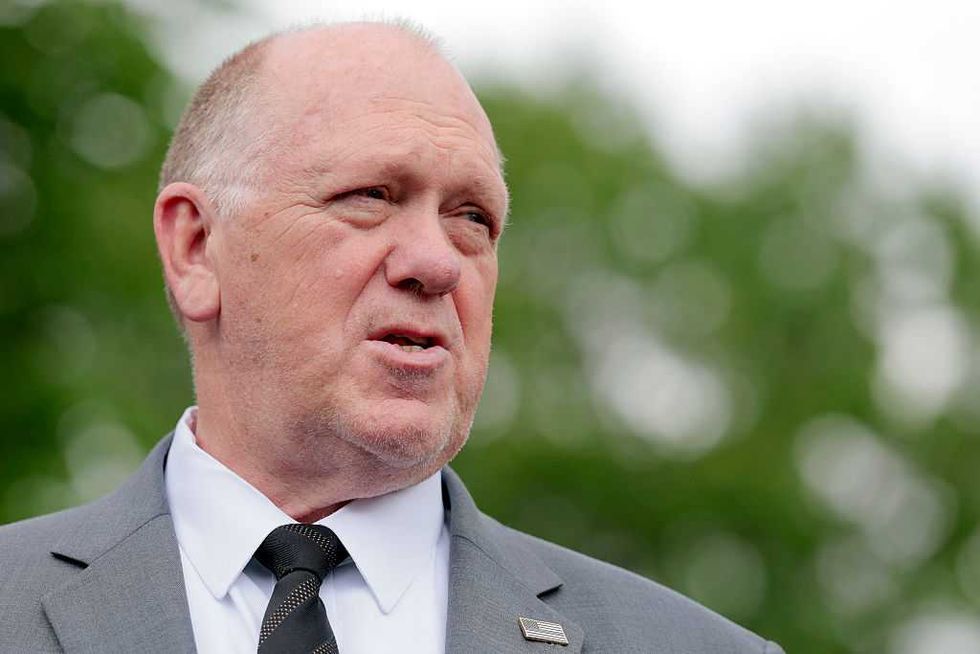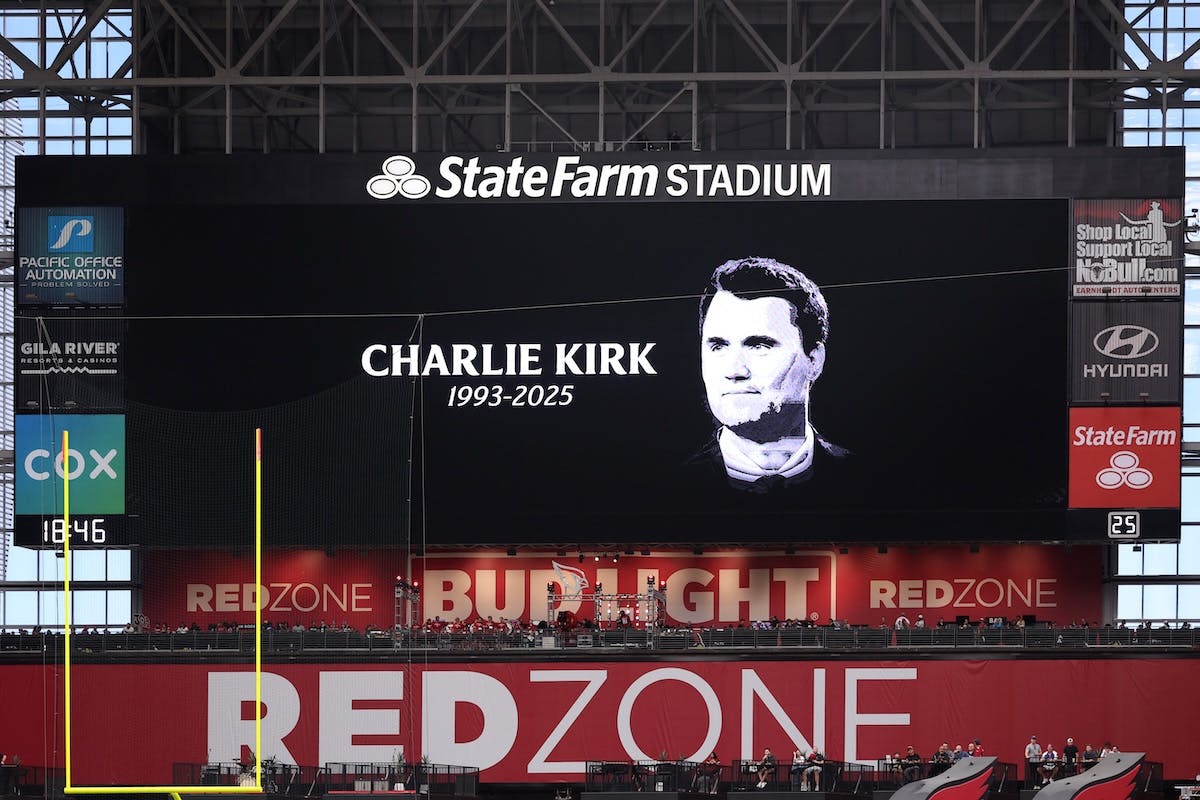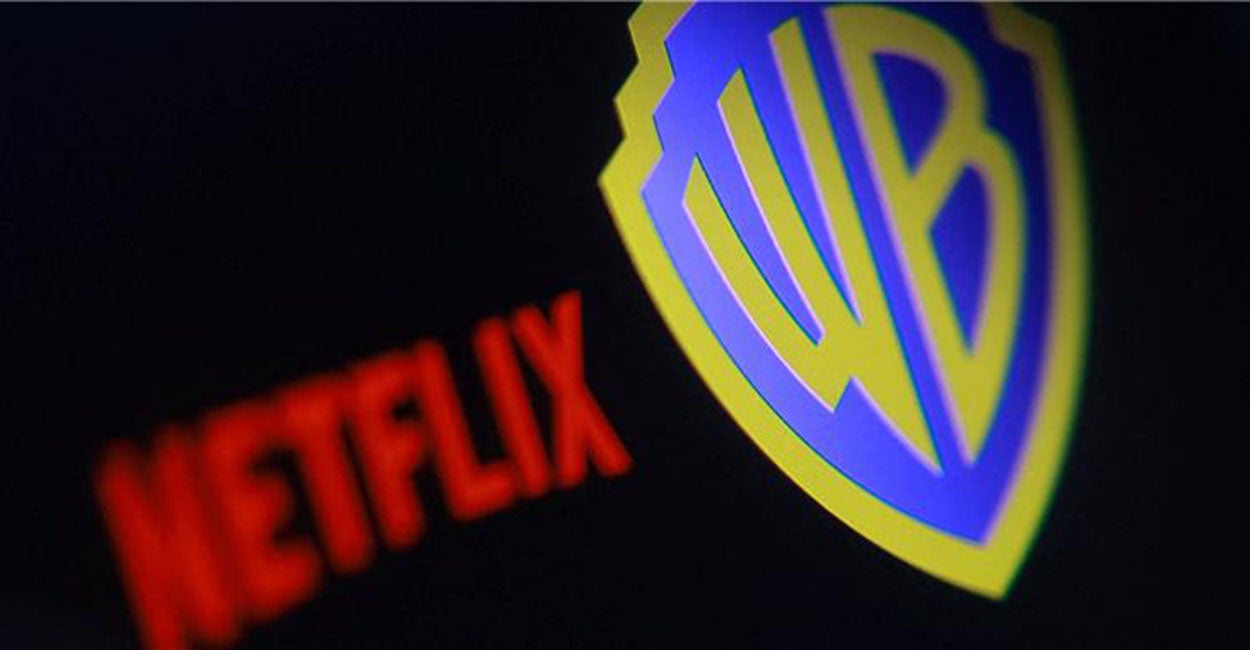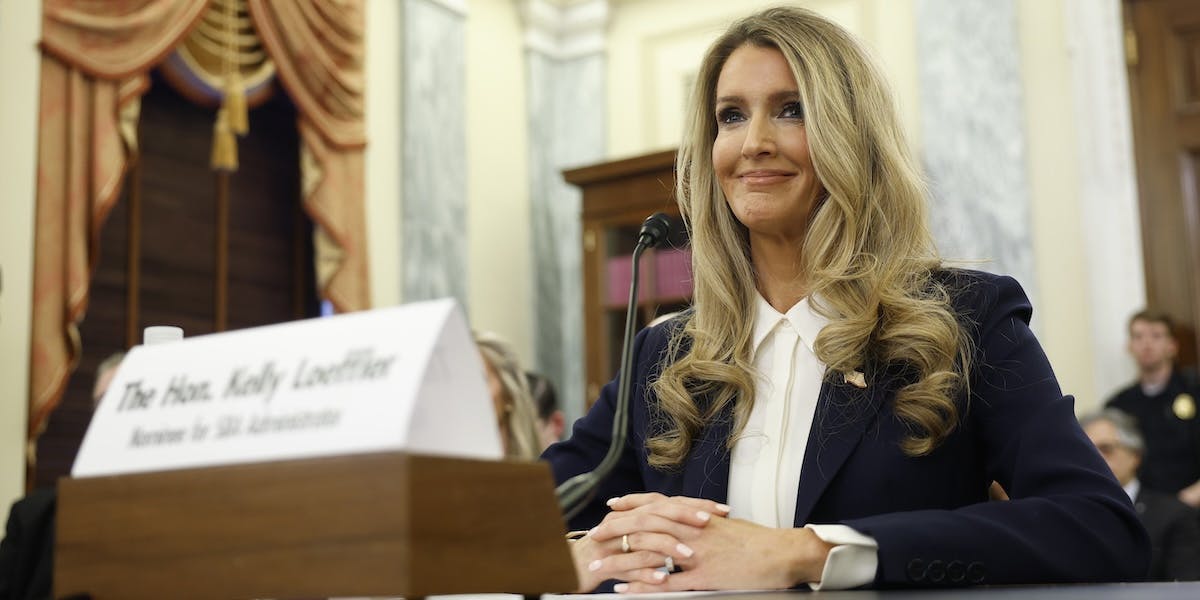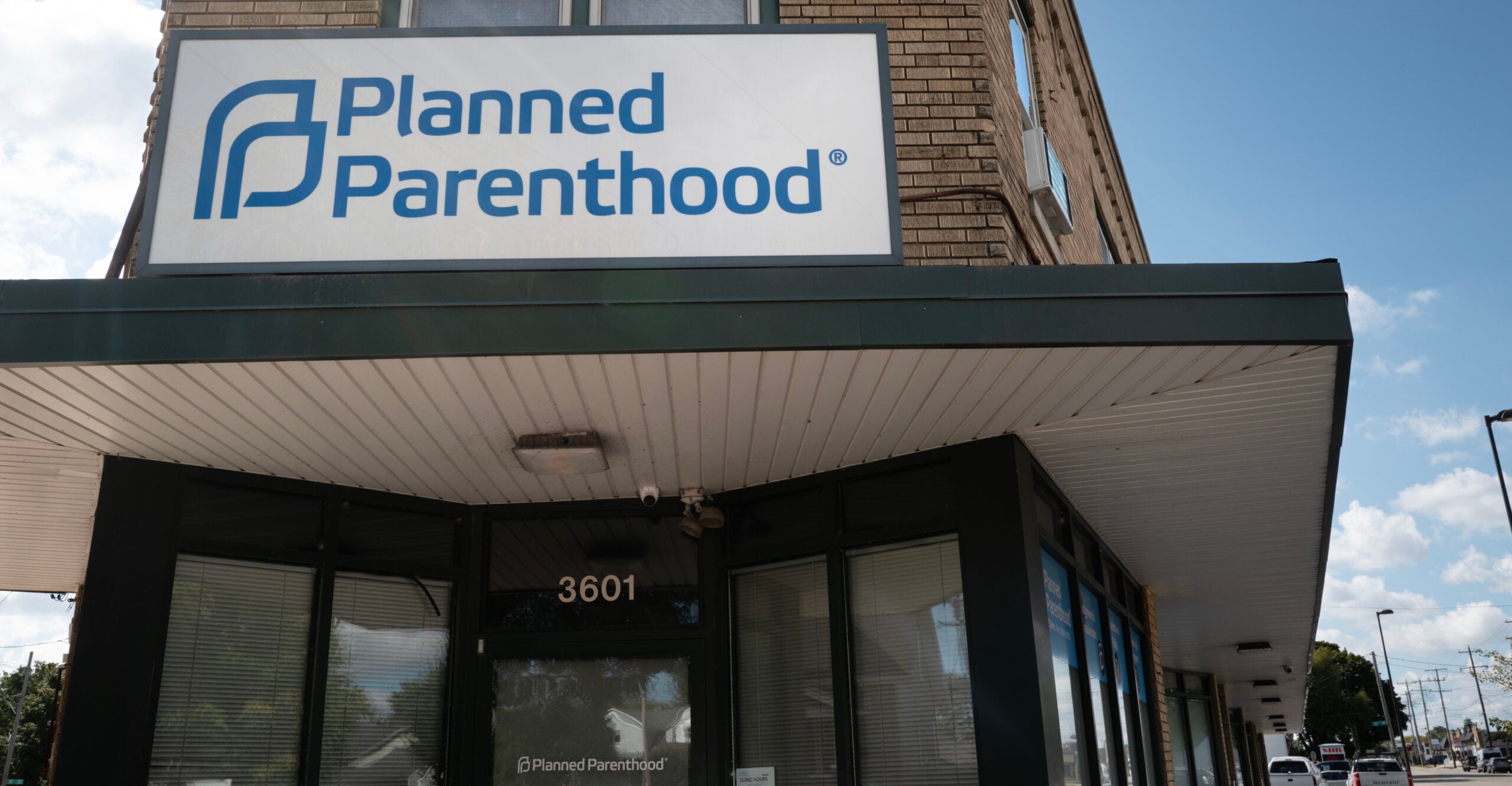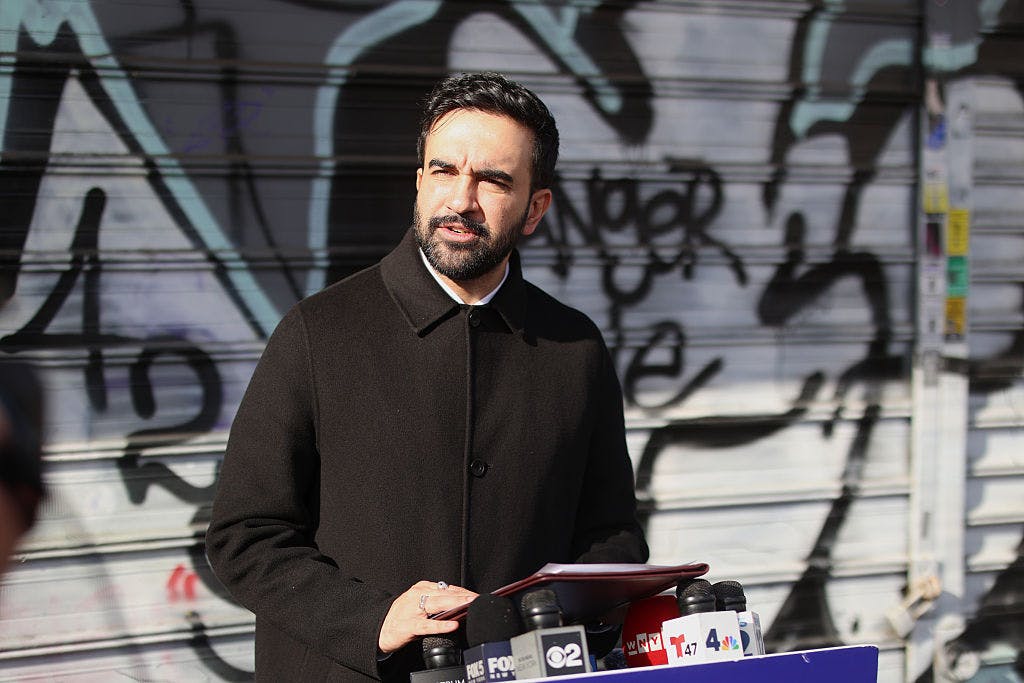Education Department Increases Student Loan Accountability

The federal student loan program has long been in need of reform. Now, the Department of Education has taken steps to ensure greater accountability within the Public Service Loan Forgiveness program, which erases student loan balances after 10 years of public service.
Following months of public input, the department published a final rule on Oct. 31. Effective July 1, 2026, the rule creates processes to ensure that only individuals employed by organizations engaged in lawful activities are eligible for loan forgiveness.
This marks a sharp departure from the last administration’s approach, which temporarily expanded program eligibility so broadly that even high-income borrowers qualified. That policy misstep cost taxpayers more than $57 billion.
Under the new rule, organizations that engage in activities with a substantial illegal purpose, such as supporting terrorism, trafficking children, aiding and abetting violations of federal immigration law, or engaging in patterns of illegal discrimination or state law violations, will face review—and may even lose access to public service loan forgiveness eligibility.
The department has also built in due process protections: Employers will have the opportunity to review and rebut any findings, and previously qualified payments made before the rule’s effective date will not be retroactively disqualified.
While the Education Department’s reforms help ensure that federal benefits only support lawful organizations, Congress must still confront the larger problem.
Today, the federal government originates nearly 90% of all student loans and oversees $1.8 trillion in outstanding debt.
Under the One Big Beautiful Bill Act, Congress enacted some of the most significant higher education reforms in years, measures that are projected to save taxpayers $307 billion over the next decade. The law eliminates the Grad PLUS loan program and establishes new aggregate and annual loan caps for graduate and professional students. It also creates a lifetime borrowing cap on all federal student loans, both helping to curb tuition inflation and inviting the private market to play a larger role in responsibly dispersing student loans.
But even with those improvements, government loan forgiveness still shifts vast sums of debt onto taxpayers and encourages students to borrow more.
To date, the Public Service Loan Forgiveness program has discharged $85.5 billion in student debt for 1.1 million borrowers. Approximately 2.5 million additional borrowers, collectively holding nearly $225 billion in loans, are currently eligible. The average borrower from the program has received $74,000 in cancellation, and the department expects that figure to rise, since eligible borrowers now carry an average balance of $87,700.
And the Public Service Loan Forgiveness Program is far from the only forgiveness program available.
Medical professionals working in underserved areas can access the National Health Service Corps’ State Loan Repayment Program. Teachers may qualify for the federal Teacher Loan Forgiveness Program, the Perkins Loan cancellation program, or other state-sponsored programs. Attorneys and public defenders benefit from the Department of Justice and John R. Justice repayment assistance programs. Many law schools, states, and federal agencies and departments have also adopted Loan Repayment Assistance Programs to provide assistance for borrowers. Federal employees already receive up to $60,000 in loan repayment aid, while service members can have as much as $250,000 forgiven through military programs.
Given these extensive alternatives, and the availability of income-driven repayment plans that are affordable, cap payments, and include loan cancellation, it’s time to wind down the Public Service Loan Forgiveness program.
At a minimum, Congress should cap the total amount eligible for forgiveness. The Congressional Budget Office estimates that setting a $57,000 cap, the maximum amount an undergraduate can borrow in direct unsubsidized federal loans, would save taxpayers $12.5 billion over 10 years.
Better yet, Congress should phase out the program entirely.
This summer’s legislative reforms were an important first step in reining in tuition inflation, holding colleges accountable, and reducing federal overreach in higher education. Lawmakers should now take the next step: Cap or eliminate the Public Service Loan Forgiveness program to protect taxpayers and strengthen the long-term affordability and integrity of American higher education.
The post Education Department Increases Student Loan Accountability appeared first on The Daily Signal.
Originally Published at Daily Wire, Daily Signal, or The Blaze
What's Your Reaction?
 Like
0
Like
0
 Dislike
0
Dislike
0
 Love
0
Love
0
 Funny
0
Funny
0
 Angry
0
Angry
0
 Sad
0
Sad
0
 Wow
0
Wow
0

